The TAG Heuer Autavia is a timeless classic borne of cars and planes
TAG Heuer’s storied Autavia model has been rebooted for a new generation of watch lovers to enjoy.
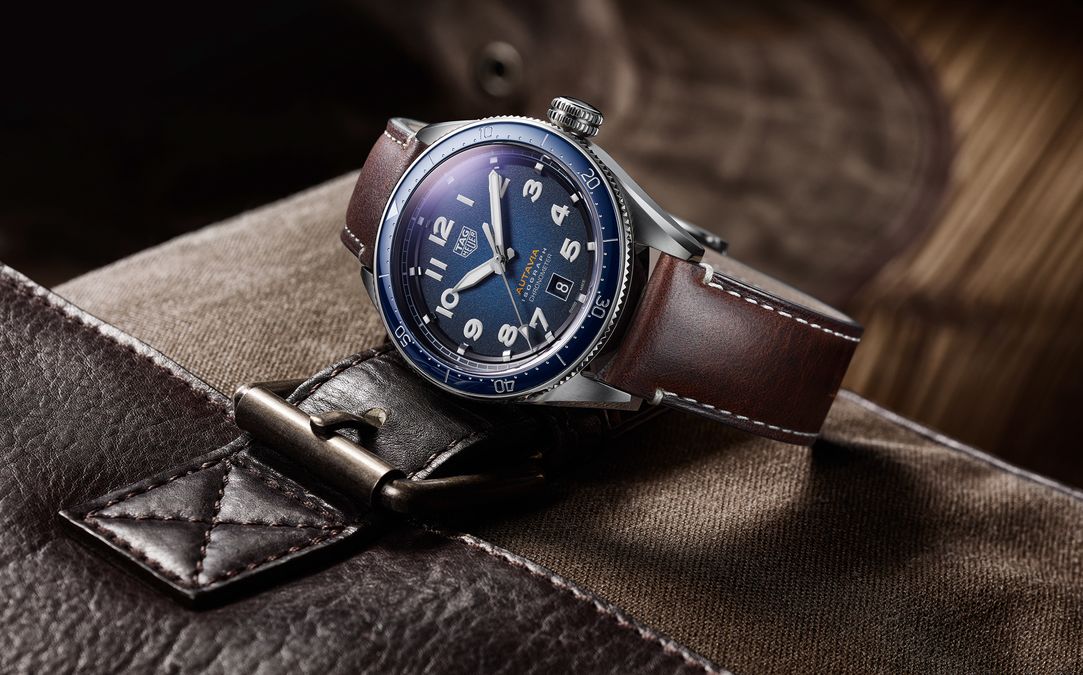
On any list of immediately recognisable and revered timepieces, you’ll find the Heuer Autavia chronograph. Launched in 1962, the Autavia stands as a milestone wrist chronograph for its “panda dial” design, legibility, precision and the enviable history of its creation.
Formula 1 and sports car heroes Mario Andretti, Jochen Rindt, Derek Bell and Clay Regazzoni were among drivers to sport Heuer Autavias during the 1960s and ’70s. This, during a most romantic and bedevilled era in motor sport; one which Heuer’s and the Autavia’s greatest ambassador, champion Swiss driver Jo Siffert, tragically did not survive.
Back to the future
TAG Heuer, as the company is now known, split 2019 into past and future projects – on the one hand, celebrating the 50th anniversary of the iconic square-cased Monaco; and launching industry-first, carbon-composite technology on the other. But the focus at Baselworld earlier this year was on a new Autavia collection embodying both heritage and hi-tech.
Dubbed Autavia Isograph, the new collection (priced from $4550 to $5200) re-interprets the Autavia as a non-chronograph pilot-style watch, and is powered by TAG Heuer’s new Calibre 5 movement set with a revolutionary carbon-composite hairspring.
The “original” Autavia chronograph lives on in the Heritage collection ($6850 to $7800), a quartet of iconic panda and reverse-panda dial options keeping the design as fresh, functional and appealing as it was 57 years ago.
Paying homage to the past
There are tricks to taking a landmark design and bringing it subtly up to date, explains Guy Bove, TAG Heuer’s Product Director. “With the new Autavia, even without considering the rest of the Heuer range, the designers were able to find inspiration for the case, the bezel, the numerals, the crown, the metal indices, the second track – all from within the various generations of Autavia,” he tells Executive Traveller.
“Making it fresh comes from the way the details are used. The numerals become more modern when made of SLN [superluminova] blocks, which gives them a three-dimensional volume. The case shape is adapted to the wrist, despite its larger size. The bezel is now in ceramic. The 1970s indexes in metal, set within the inner bezel, would likely not have been possible then – this is difficult to do today.
“It is a blend of new thinking about details, new proportions – some of which have to do with taste and some with the movement – and new technologies, which creates the novelty in this kind of design.”
Of cars and planes
TAG Heuer’s motor racing connotations are often traced to the 1960s and fourth-generation company CEO Jack Heuer, a habitué of grands prix of the era. In fact, the Autavia (a portmanteau of Automobile and Aviation) dates to a stopwatch combination from 1933, and was in turn derived from the fabled Heuer Mikrograph stopwatch of 1916.
The Mikrograph, developed by Charles-Auguste Heuer (one of founder Edouard Heuer’s two sons in the business) with suppliers Valjoux and Minerva, was the first stopwatch to measure time to 1/100thof a second.
Such accuracy – five times more precise than any contemporary stopwatch – led to Heuer’s being selected as official timer for the Olympic Games in 1920, ’24 and ’28.
The arbiter of time itself
Indeed, the Mikrograph would not be bettered in half a century. Only the emergence of electronic timing prompted its retirement from production in 1969.
The Mikrograph became almost ubiquitous in aviation and motor racing, typically dashboard-mounted in conjunction with a conventional clock. It spawned more specialised and cost-effective Heuer instruments, notably the first Autavia of 1933 – a paired 12-hour, 1/5th-second stopwatch and Hervue 8-day clock – and the Rally-Master (1958) pairing of Monte Carlo 12-hour, 1/10th-second stopwatch and Master Time 8-day clock.
The Monte Carlo stopwatch introduced a large, numerical hour counter to improve legibility, borne of Jack Heuer’s own experience in navigating on a 1958 car rally with the earlier Autavia and its subset hour dials.
A serious sports timing instrument
The Autavia wrist chronograph of 1962 was Jack Heuer’s first product as CEO of his family’s company. It was a serious sports timing instrument, measuring to 1/5th-second; its “reverse panda” dial was highly legible; it had a rotating bezel, available with either 12-hour or 60-minute graduations; and it was waterproof to 100 metres, and shockproof.
Lessons learned in developing the Autavia would the following year be translated to a more elegant Heuer sports chronograph (and another enduring classic), the Carrera.
“The challenge with downsizing a dial from stopwatch to wristwatch is double,” explains Bove. “First is the positioning of the sub-dials, which is obviously dependent on the movement, but also the proportions within the dial.
“The second challenge is clearly in the size of the information. These were to be used in racing and sports timing, and in tune with the ethics of Jack Heuer, legibility was paramount.”
The motorsport connection
In 1969, a family friend of Jack Heuer’s had suggested he meet Jo ‘Seppi’ Siffert, Switzerland’s fast-rising hero of Formula 1 and sports car racing. Siffert had fought hard in life for every success and every cent, funding his early racing career by selling used cars and scrap metal.
Heuer liked him immediately. The pair agreed on a sponsorship deal for Siffert to wear the Heuer badge on his racing overalls. In addition, Siffert could buy watches at wholesale, to sell up and down the pit lane.
Among those early customers for Autavias were future world champions Rindt and Andretti; their choices of, respectively, three- and two-sub-dial versions today identified by the racers’ names among collectors.
Siffert, tragically, was killed in a race in 1971, but his keen salesmanship had brought incalculable marketing exposure for Heuer’s Autavia, Carrera, Monaco and other motorsport-themed models that would follow in the 1970s.
Friends in fast places
In 1971, Enzo Ferrari requested that Heuer provide timing equipment and watches to his storied F1 team. This relationship led indirectly to Heuer’s being appointed, in 1974, official timekeeper of F1, for which it developed a system of electronic transceivers.
Heuer switched its F1 allegiance in the 1980s to McLaren, which had revolutionised the sport with its MP4/1 racing car of 1981. The MP4/1’s key innovation was its monocoque, or “tub”, made not from aluminium, but from carbon-fibre composite material.
Carbon – not in fibres, but graphene, a lattice of carbon atoms – figures in TAG Heuer’s latest innovation. The revolutionary hairspring, fitted to the new Autavia Isograph, first appeared in January 2019 in the game-changing Carrera Calibre Heuer 02T Tourbillon.
The COSC-certified 02T automatic chronograph includes a titanium-and-carbon tourbillon complication, itself crafted by four watchmakers. But what really has mouths agape is the price: starting at $22,050, the Carrera Calibre Heuer 02T Tourbillon costs literally half what one expects to pay for a flying tourbillon-equipped Swiss timepiece.
A future classic?
“I’m quite sure it will be celebrated in itself as a milestone, due to the novel use of our carbon composite,” Guy Bove says. “I’m not sure that I would call it a modern classic, as it is clearly an evolution – 50 years on! – of the Carrera design. But it is an exciting product at an amazing price point and may well inspire future generations of designers to say: ‘Look what TAG Heuer was already doing back then!’”
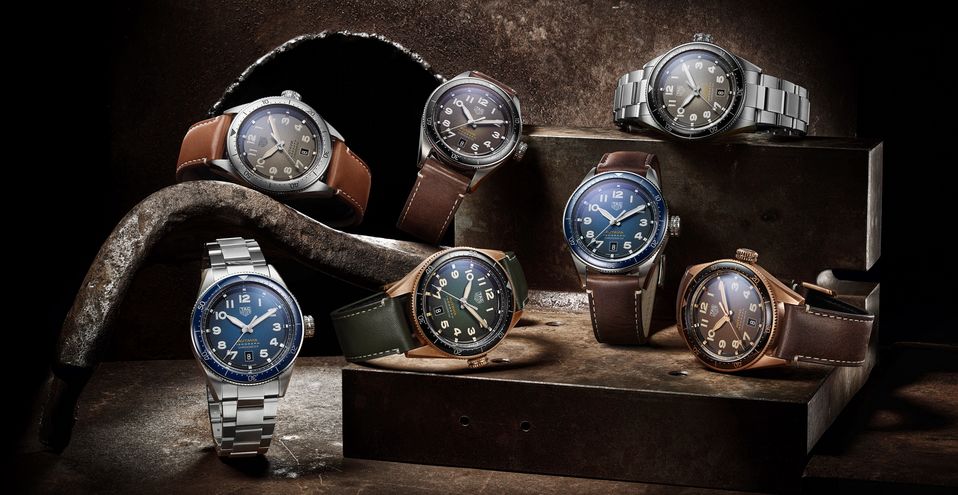
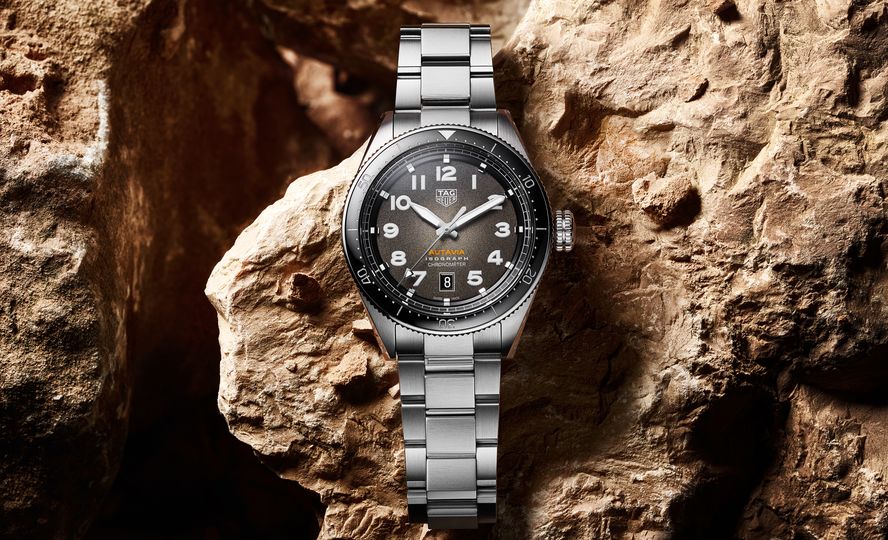
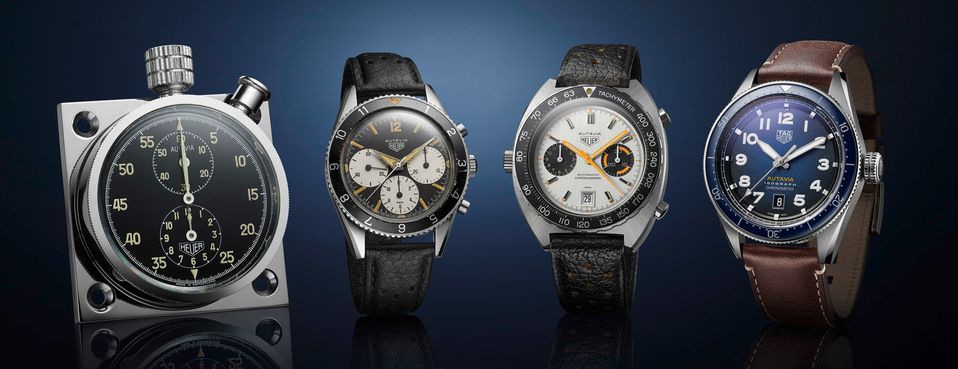
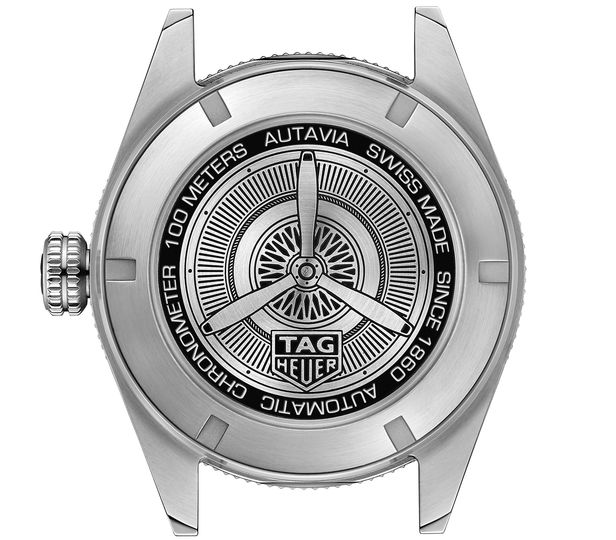
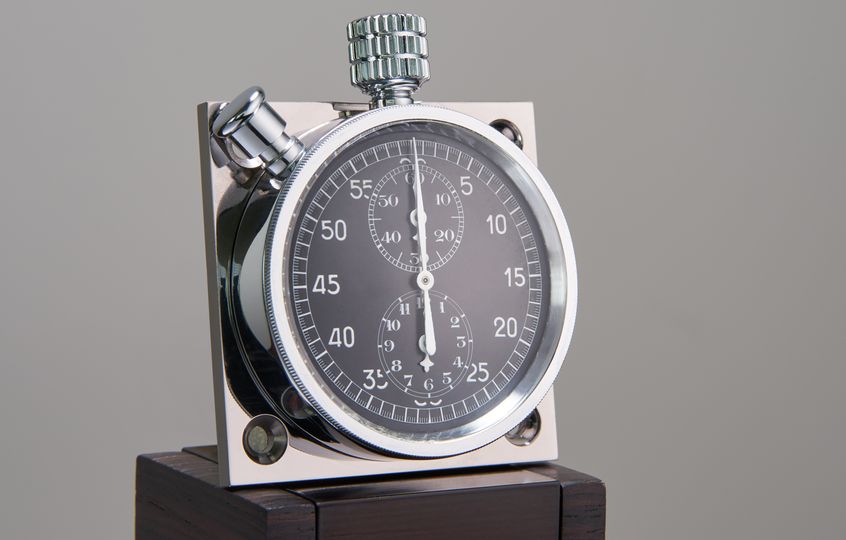
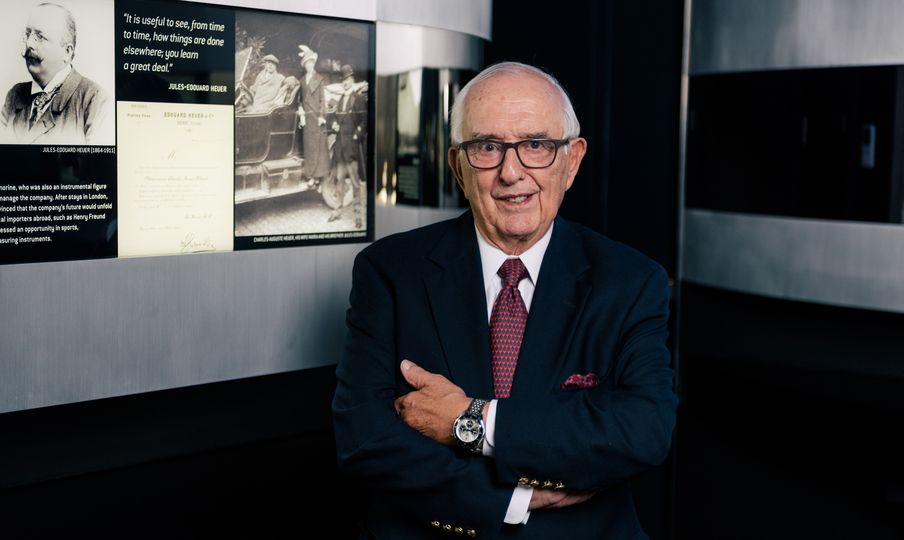
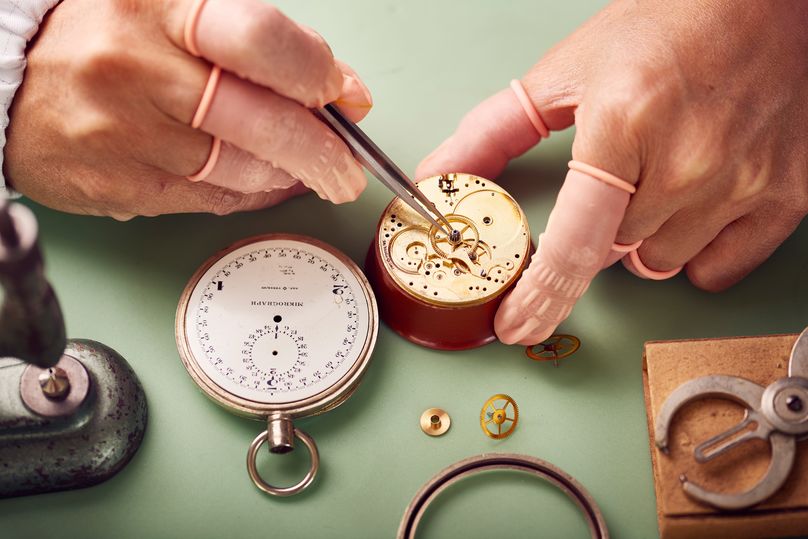
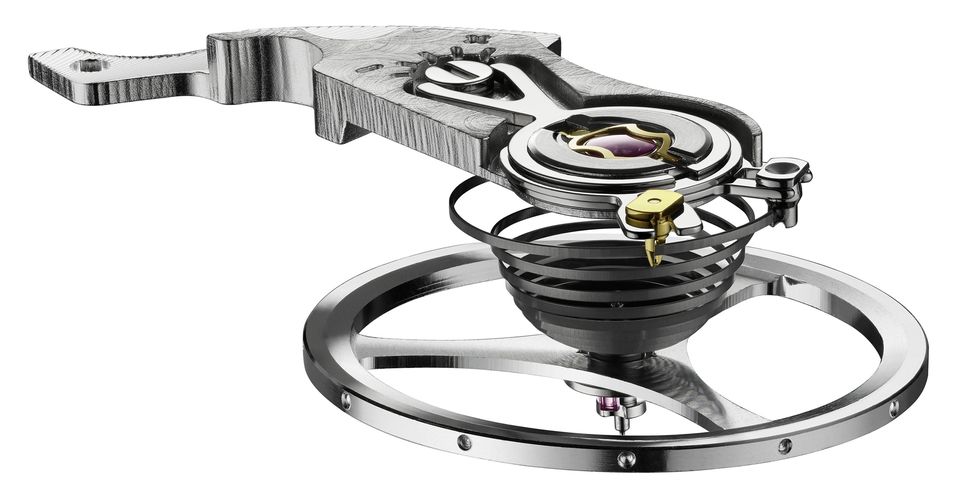
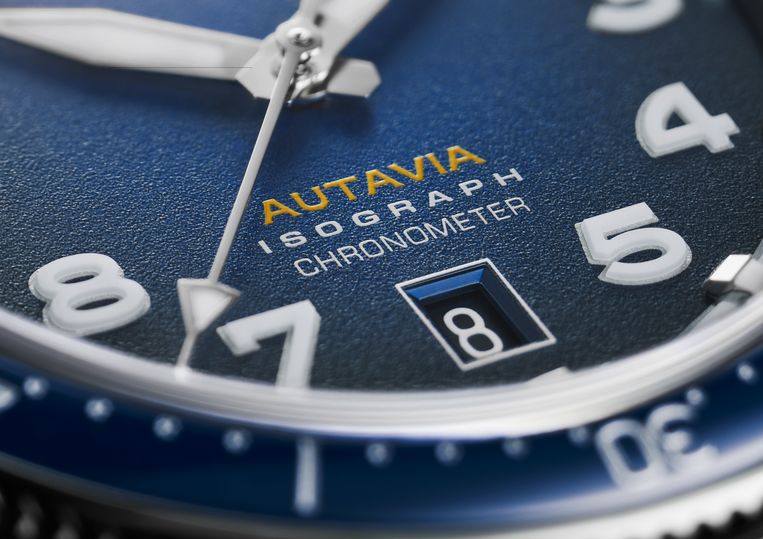

Hi Guest, join in the discussion on The TAG Heuer Autavia is a timeless classic borne of cars and planes